Which Frequency Should I Use for My Two-Way Radio?
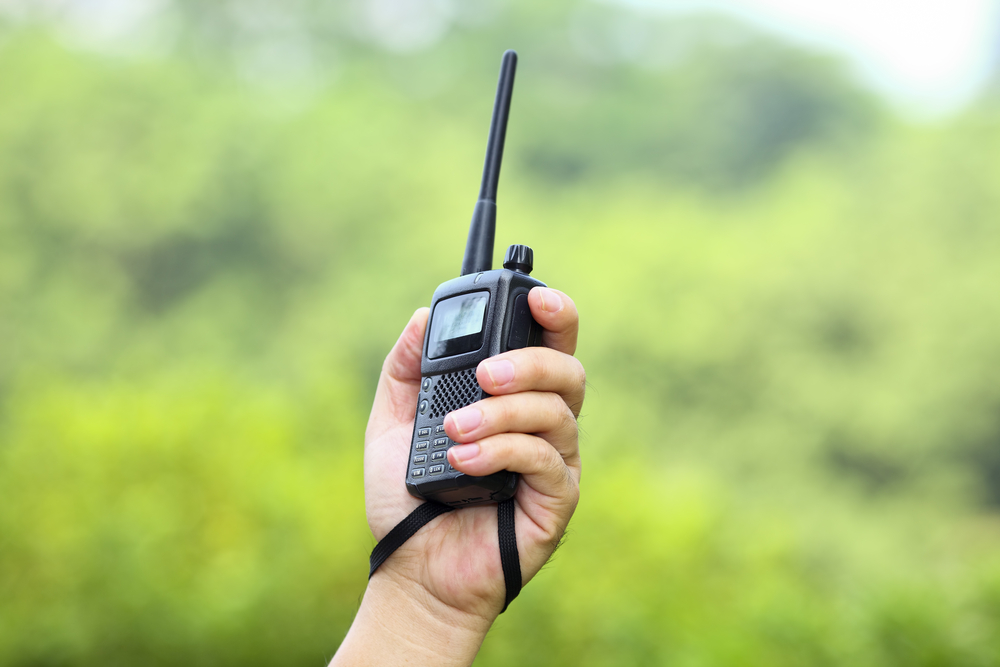
For the sake of compatibility, if you're going to be communicating with other existing two-way radio users, be sure to use the same frequency band and mode (digital or analog) as they are. Determining which frequency your team will be using is the next step, and this requires factoring in a few elements of the radios you are using and your intentions for communicating with your team. Below are just a few examples of what should determine your two-way radio’s frequency.
Determining VHF or UHF Band.png?1622570185110)
Typically, VHF or lower radio frequencies are used for their outdoor range on job sites or farms, and UHF is preferred for use inside buildings and in the city where a shorter range reduces interference from other users. VHF typically uses a longer antenna, and UHF a shorter one that can be somewhat more convenient to carry.
Digital vs. Analog Mode
Digital radios save battery power and often improve signal quality. Fewer radio scanner listeners can monitor digital signals. Using Motorola's feature-laden MOTOTRBO digital system allows you to expand and use efficient digital repeaters for your group. From single-building operations to citywide public agencies, digital has become very popular for group two-way radio use.
Communicating Directly or on a Managed System
Your frequency choice can depend on whether you're talking directly or if you'd like to use a repeater system to connect over longer distances. The easiest choice is to use unlicensed public frequencies directly, but as your team grows, this can be an unsatisfactory frequency option, and you may have to expand to a managed system.
Licensed or Unlicensed Frequency Allocations
Getting an FCC license helps you use your own frequency rather than sharing with other area users, and opens a much larger range of frequencies for your use. Unlicensed use is limited to a small range of public-use frequencies, which may suit your needs at first but can bring about the need for improvement as your team grows.
The Best Choices in Durable, Reliable Two-Way Radios
Motorola pretty much wrote the book on two-way radios, so your best choice no matter what frequency you're using is a solid Motorola unit. For simple person-to-person use, group communication, or regional talk and text through an established MOTOTRBO system, Motorola radios have the features and frequencies you need. Portable radios such as the Motorola SL300 also offer reliable and durable equipment that will keep you in touch in nearly any circumstance. If you need to communicate flexibly and your business or residents' safety depends on it, let us help you plan your two-way radio strategy.
Delmarva Communications is Ready to Help
The Federal Communications Commission's frequency allocations for commercial two-radio can seem complex, but don't let that slow you down. We have the answers. Our team can guide you through the frequency and technology choices. We'll help you sort out exactly which frequency you need, whether you need a license for it, and how to ensure that your team connects effectively. Give us a call today to make your radio communication simpler, and for help with radio planning as your business expands.
Your How-To Guide to Two-Way Radio Maintenance

No matter the industry or the size of the job site, if you use two-way radios like the Motorola CP200d in your day-to-day activities, you want to ensure that your equipment does its job correctly. When you have vital communications that need delivering clearly and concisely without interruptions, fully functioning radio equipment should be at the top of the list of must-haves. With two-way radios, finding and identifying the source of the problems will help you figure out where to start with the repairs. Here are some of the most common issues that negatively affect two-way radio performance:
People Can’t Hear Your Messages
With any verbal communication, half the battle is the other end of the conversation, being able to hear what you have to say. So if the other two-way radios on your site cannot listen to you clearly or the message comes in garbled, you need to inspect your equipment quickly. Examining your device for a bent or broken antenna should be the first thing you check. Replacing the damaged antenna should help you communicate more clearly and effectively in the long run. Even if the antenna looks fine, try another one that you know is good.
A Continuous Beeping Coming From Your Device
Your handheld devices give you a wealth of information regarding its performance and when it’s time to address specific problems that may have arisen. In the case of continuous beeping, typically, it’s a sign that your device needs to have its portable radio battery changed. Swapping out the nearly dead battery with a fresh one should rectify the beeping. If it persists, it can be a sign that you need the help of the two-way radio maintenance pros of Delmarva Communications to take a deeper look at the problem.
Persistent Poor Audio Quality
Sometimes the poor transmission quality doesn’t stem from the strength of the signal itself but the audio components of your equipment. If messages come in garbled and unclear, checking the speaker grill that protects your microphone and speaker from damage and debris can be an excellent place to start searching for the source of poor audio quality. Over time, the grille can experience a buildup of dust, dirt, and other debris that can affect the overall quality of communications you receive without affecting the parts themselves.
Getting Help from the Professionals
In some cases, the problems that cause performance issues are not something that you can handle with a careful cleaning or a quick antenna change. When these types of situations arise, finding a two-way radio dealer that you can trust becomes essential. With the help of Delmarva Communications, we can perform the type of two-way radio maintenance that can help keep communication lines clear and productivity up across the board. Contact our team to learn more today!
Wireless Dead Zones: What They Are and How To Combat Them
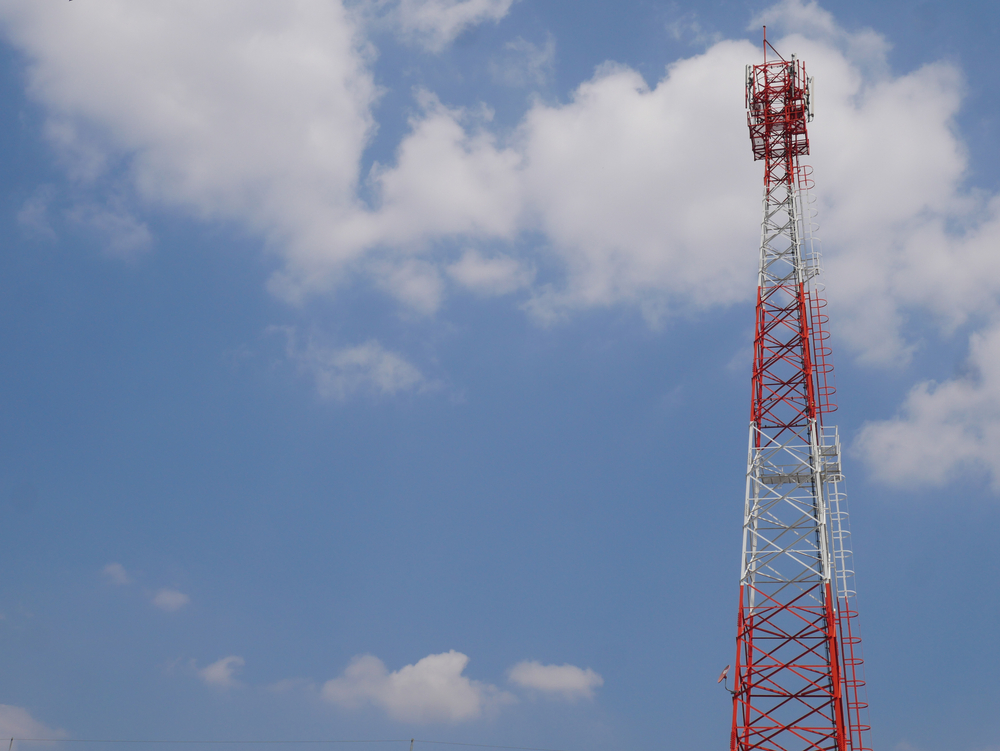
No matter your industry, you want wireless communication that can be heard loud and clear no matter what your location. However, due to the nature of wireless communication, there are places where the quality of your reception dips. Whether you are in the basement of a building or at the furthest reaches of your job site, there are places within your network that act as “dead zones” where you won’t be able to get a signal of any kind until you exit the dead zone. You need to have the ability to talk with every member of your team at all times, so finding ways to eliminate these dead zones or extend your network as much as possible is crucial.
What Causes Dead Zones?
Your network operates using wireless radio waves. Radio waves travel significant distances, and your radios can pick up the signal quite well. However, as their signal travels through objects and gets further away from the source, the weaker the signal gets. In cases where your team member is in a basement or in the far reaches of your job site with plenty of concrete structures, rocks, and the like in the way, the signal can potentially wholly drop off, and you become stuck in a dead zone.
Dead zones interrupt your communication capabilities and create a potential crisis. Instead of determining where dead zones are within your network and making your team avoid those areas, wouldn’t it be nice to have the infrastructure in place to deal with the weakening signals? With the help of Delmarva Communications, you can!
How Improving Network Infrastructure Can Eliminate Dead Zones
The best way to boost your radio network comes from fortifying your infrastructure. Utilizing technology that helps boost your radio signal’s strength, range and expand the overall coverage helps ensure you are ready to battle the dead zones. Series repeaters receive the initial signal and then retransmits it to help counter obstacles and cover longer distances than would be otherwise possible. For our MOTOTRBO series of repeaters, they help expand your coverage into hard-to-reach areas and help eliminate the presence of dead zones. With the 1000, 5000, and 8000 series of repeaters, you can customize your infrastructure experience based on your specific needs.
Increase Your Network’s Effective Range Today!
When it comes to keeping your team in constant communication with each other, navigating around, or eliminating dead zones entirely, Delmarva Communications has you covered. With the help of our signal repeaters, you can begin to bolster the performance of your Motorola SL300 and Motorola cm200d radios and keep your team moving at optimal efficiency without communication disruptions. Contact Delmarva Communications to place your order today!
Three Reasons Why You Should Upgrade Your Dispatch Consoles
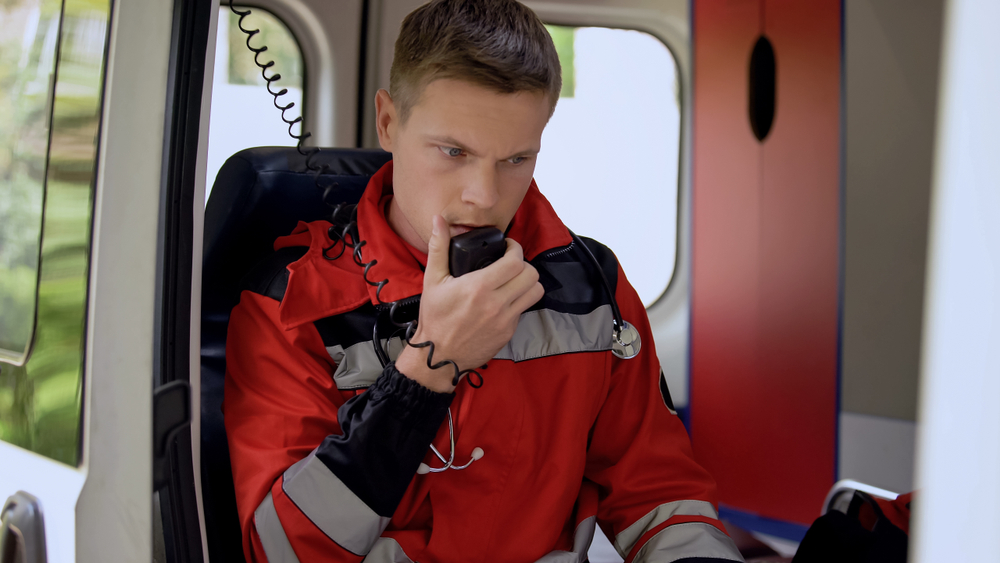
Emergency dispatchers have one of the most challenging jobs. They take incoming calls and have to coordinate responses with various emergency services quickly and efficiently. As such, they are always looking for ways to streamline the process and make it easier for them to get help to where people need it. With the advances in technology in recent years, the dispatch consoles have seen a steady rise in efficiency and usability. If you are looking for better results, here are the three main reasons why you should consider upgrading your team’s dispatch consoles:
It Can Work Seamlessly With Your Digital Radios
Your dispatcher needs to coordinate with emergency services and responders quickly to direct them to the scene. With an upgraded dispatch console, you’ll have the ability to connect with a diverse range of MOTOTRBO digital radios used by the various emergency services. The added functionality of having a clear path of communication helps keep your response times on target.
One Screen to Track Them All
Dispatchers process a ton of information in a given shift. Having a straightforward way to manage that influx of data and keep the process moving smoothly. With certain brands, such as the SCOUT family of products that we offer, you gain the ability to scale the system to meet your evolving needs over time.
The Future is Apps
Some of the digital radio solutions that we offer include a range of unexpected options that help bring your system into our digital and interconnected world. Radio over IP has become a popular option for certain dispatchers, and with RadioPro’s latest console and app-based options, you can better leverage these solutions. In addition to a physical console, you have access to a low-cost user interface for PC users and a mobile app available on both Apple and Android devices.
At Delmarva Communications, Inc., we strive to provide our customers with the best selection of Motorola mobile dispatch consoles, digital radios, and emergency switches on the market. We have the latest technology in our inventory to choose from and ensure that your team has the best technology available to them to help make their jobs as easy and smooth as possible. Contact us to learn more about the solutions we offer!
How Can Two-Way Radios Help Improve Remote Operations?
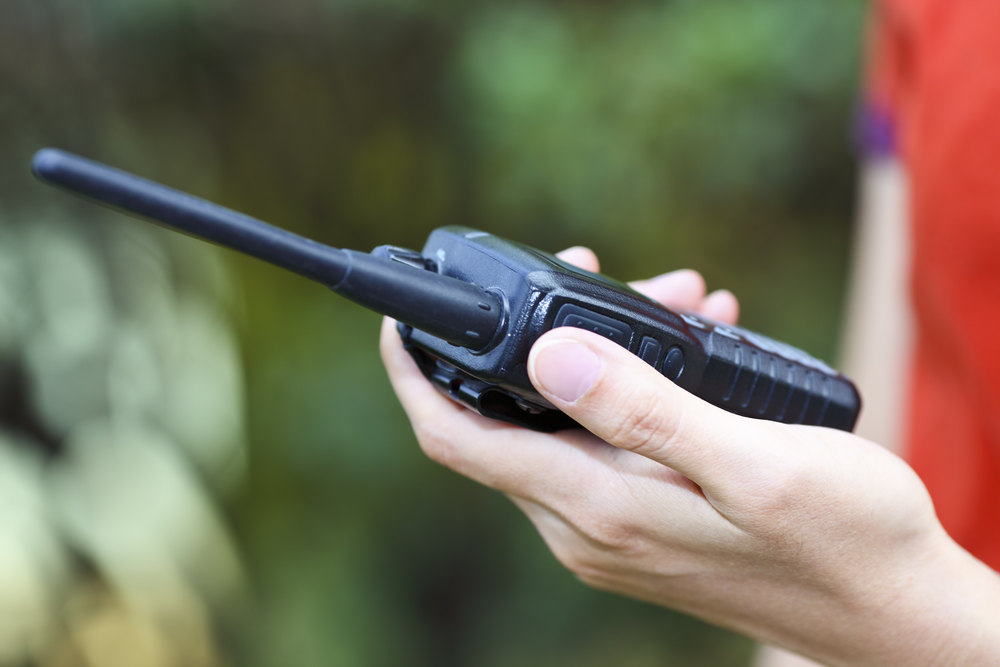
Many people work in remote locations where cell phone service is unavailable, or in more spread out work sites to comply with social distancing amidst the COVID-19 pandemic. Keeping in contact with your coworkers is essential to safety while also making it easier to work in separate areas. Investing in two-way radios is an excellent way to stay in communication from any location. Thanks to two-way radios from Delmarva Communications, you can also choose from a variety of MOTOTRBO products that are perfect for remote areas.
Here are a few of the top reasons why two-way radios can help improve remote operations.
Avoid Dropped Calls
Constantly dealing with dropped or disconnected phone calls is always a frustrating experience with cell phones. Many remote areas do not have any cell service, making it impossible to use cellphones to communicate. However, two-way radios can easily communicate with each other due to signal range without the need for any cell phone towers.
Perfect for Emergencies
An emergency can happen at any time in a remote environment. Getting in contact with your crew members is essential in keeping everyone safe and avoiding a tragedy. Two-way radios are equipped with emergency features that allow you to instantly alert a group of people for a fast response time without having to dial any numbers. These emergency alerts can help you stay in communication and give you peace of mind.
Quality of Audio
A two-way radio isn't useful if you can't understand the other person on the radio. However, these two-way radios are designed for the maximum auto quality to ensure you can easily understand someone while operating heavy machinery or equipment. Top-quality audio makes it easy for everyone to stay in communication without having to spend extra time trying to understand the other person due to poor quality or reception.
Battery Life
Constantly changing out batteries takes a lot of time and makes it difficult to stay productive. Two-way radios use batteries that are specially designed for long-term usage. Many of these batteries are rechargeable, as they can last between 18 to 24 months before you need to consider making a replacement. Ultimately, this can save you a lot of money while making it much easier for everyone to stay in communication with each other.
Durability
Working in remote areas isn't always easy on equipment, making it even more important to invest in durable products. Two-way radios are a great investment, as they can easily last in rough environments without suffering any drop in performance. Purchasing two-way radios with a high IP rating is always important to ensure it's been tested for extreme temperatures, shocks, dust, and waterproofing.
Reach Out to Delmarva Communications to Learn More
Delmarva Communications, Inc specializes in a variety of two-way radios for anyone working in a remote environment. We offer the best Motorola products available, such as the Motorola BPR 40. Give us a call today to learn more reasons why two-way radios are a great option for remote areas!
Building Wireless Network Infrastructure for COVID Response Sites

As hospitals and medical experts continue to navigate the COVID-19 pandemic, pop-up mobile COVID response sites have deployed to help overtaxed medical systems. Testing for the Coronavirus represents a necessary step in tracking and slowing the spread of the disease. However, the downside to these pop-up response sites stems from the lack of previously established infrastructure and network connectivity. These sites are usually set up outside of medical facilities or other locations with the space required, and often these sites do not have readily available internet access.
Fortifying these temporary sites and providing them stable connectivity options ensures that they remain viable and better serve their communities. However, how do their organizers help provide the network solutions needed to make these sites more efficient?
Better and More Agile WiFi Access Points
Administrators running COVID-19 Response and Testing Sites have decisions to provide stable WiFi access to their teams. The impracticality of running wired connections to the outdoor testing sites presents a unique challenge to teams. That’s why accessible and easy to set up wireless options have made establishing these temporary sites easier for hospitals across the country. With devices available from Motorola, administrations can set their remote response sites up for success with stable wireless solutions in locations outside of the established infrastructure.
How Much Are These New Network Solutions Going to Cost?
Most administrators worry about the cost of setting up these impromptu network solutions for their temporary response sites. Keeping costs in check remains a high priority during the execution of the COVID response sites. Fortunately, options have entered the market that offer cost-effective solutions that provide fast and secure connectivity to make these temporary sites useful in tracking the spread of the virus. The set-up required for establishing these network solutions is quick and straightforward.
Set Up Quick, Effective, and Secure Networks With Delmarva Communications!
When you require an experienced hand in setting up safe, secure, and effective networks that utilize devices such as the Motorola sL300, Delmarva Communications can help! Our experienced team can help get your remote COVID-19 response sites up and running in no time! We can outfit your team with all the network solutions you need, including healthcare pagers to stay in touch! Contact our team to get started on finding your network solutions today!
Choosing the Right Radio for Your Construction Team
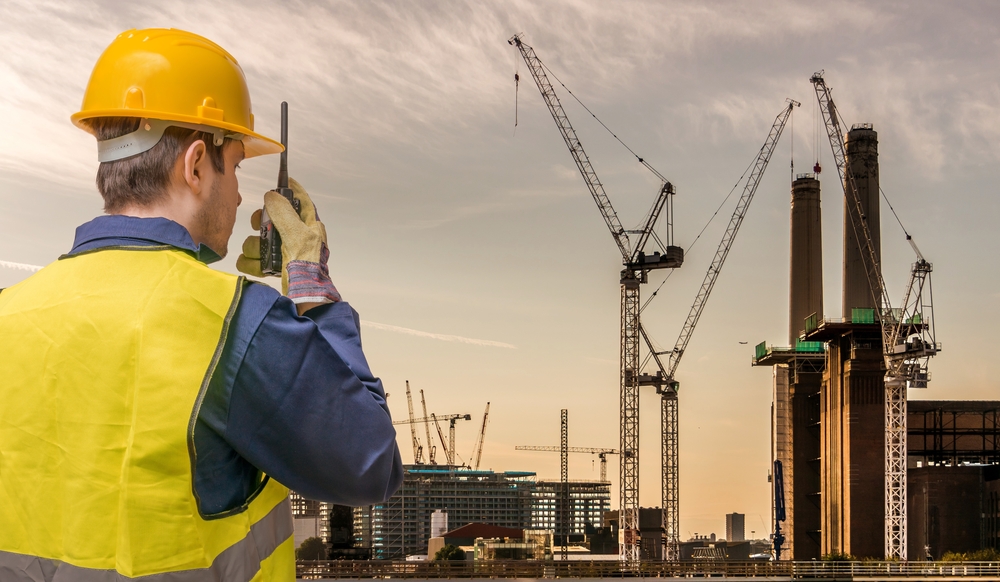
Any construction site can be filled with potential hazards. Even a site that is well-run can still present daily dangers to your workers. Having the proper communication is key to foster teamwork and maintain safety. Yet, how can workers effectively talk to one another when their work environment is often loud and hectic?
The two-way radio has become a stable means of communication in many professional fields, including construction. There are countless choices a company can make when it comes to finding two-way radios for their workers, but which options are the best? Here are some things to consider when looking for the right radio for a construction site:
VHF or UHF?
Although VHF radios have many applications, they are best suited for environments where they will be used outside with little interference. VHF bands are often used in farm and ranch operations.
If you are working in a construction environment, whether indoors or outdoors, UHF radios will better suit your needs. UHF radios are designed to operate when obstacles and machinery surround a worker.
Digital or Analog?
The choice between analog or digital two-way radios depends on your budget and the size of the worksite.
If you are limited on budget, you may opt for an analog radio. Analog works well for smaller applications with small teams. The Motorola cm300d offered by Delmarva Communications is an excellent choice for operations that require an analog radio.
Digital two-way radios will provide you superior range and ease of use for large construction projects. They also work better when larger teams are assembled and require constant communication.
Dust- and Water-Resistant
It is important to choose a two-way radio rated for use in environments where dust and water are common. Any radio chosen to equip your team should be both water- and dust-resistant, guaranteeing unit operation even in the most unpleasant of circumstances.
Battery Life
When choosing a radio for use at a construction site, you should always take into account the battery life of the unit. Try to choose one with an extended standby battery mode to enable your workers to use the radio during the course of the entire day. If you cannot find a unit with sufficient battery runtime, you can also purchase a portable radio charger. Workers can use them to charge their two-way radios during breaks and downtime.
Think you know what to look for in your two-way radios? Take our quiz to put your knowledge to the test!
There are many options available for radios best suited for construction site use. With some careful examination, you should determine the best device for your communication requirements. Delmarva Communications is dedicated to finding the right Motorola two-way radios for your company and can help assist you no matter your needs. For more information about our products and services, contact us today!
Need Two-Way Radios For Your Next Event? We Have A Rental For That
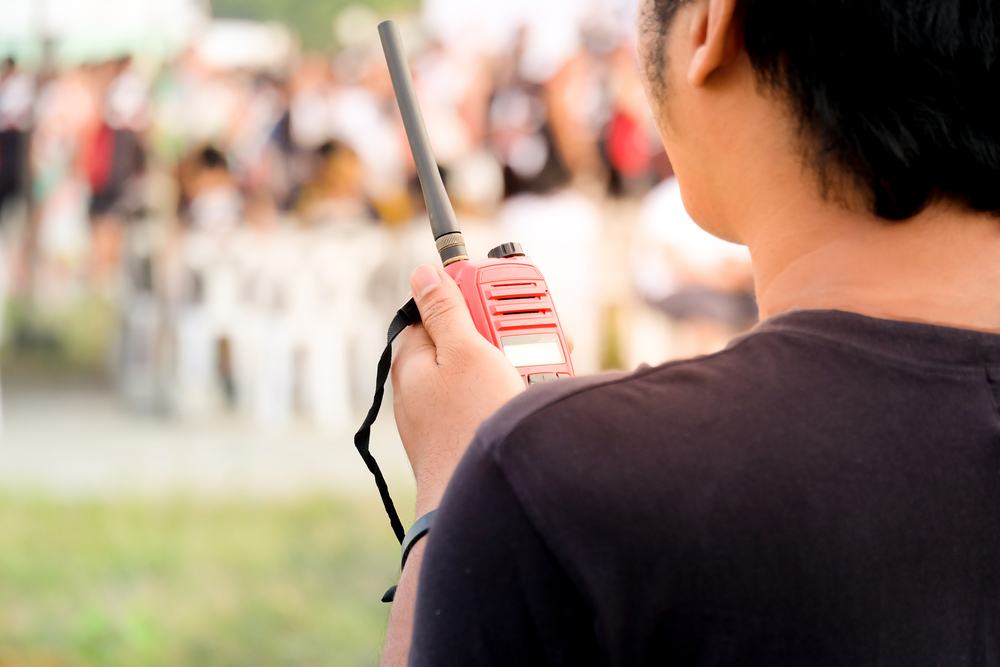
Whether you have a large event on the horizon or need to handle a situation at your manufacturing facility, your staff relies on clear communication paths to handle evolving situations. Having the means of communicating critical information to the people who need to be in the know remains an integral part of keeping any event running smoothly.
However, some businesses investing in an in-house two-way radio solution may not justify the cost. Worse yet, cell phone coverage may not always be adequate or efficient for a variety of reasons. What can they do to meet the needs of the current situation but still maintain fiscal responsibility?
Thanks to Delmarva Communications, they can have the best of both worlds with our two-way radio rental services!
The Event Organizer’s Best Friend
Event organizers have multiple simultaneous tasks to tend to that require precision to keep the event running smoothly. However, the main organizer cannot be in five places at the same time. After delegating tasks to others to help give every aspect of the event the attention it deserves, you still need to have your staff be in constant contact to respond to any situations that may arise. With the help of the Delmarva Communications rentable line of Motorola Mortotrbo two-way radios, you can ensure that the communication lines are established and open. The Mototrbo line offers integrated WiFi and Bluetooth connectivity, enhanced range, and longer battery life to help you and your team cover the event.
Manufacturing Plants In Need of an Upgrade
Manufacturing plants are complex entities in their own right. With so much sensitive equipment and moving parts involved, all team members need to be aware of any issues, and decision-makers should be able to react and possibly shut down if necessary. None of this is possible without a reliable communication method.
A long-term two-way radio rental from Delmarva Communications can help these businesses better equip them to deal with rapidly changing situations within their facilities. In addition to the radios, companies can also rent the accessories needed to make their long-term rentals function as best they can, including emergency switches, hands-free accessories, and mobile radio antennas, to name a few.
Is your company in need of a short or long-term two-way radio rental? If so, contact the Delmarva Communications team to find any solution necessary for you two-way radio needs!
The Importance of Clear Communication on Construction Sites
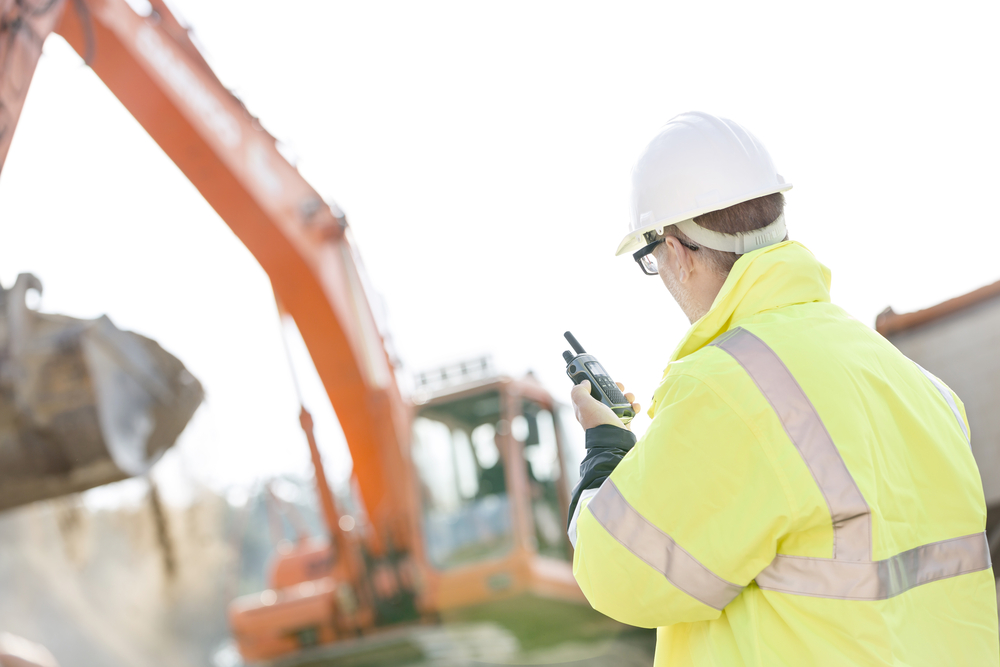
Any given construction site represents a living and evolving entity that can throw experienced crews for a loop at a moment's notice. An experienced supervisor and project manager can help keep the project moving in the right direction; however, clear communication lines from top to bottom are the most vital components of dealing with rapidly escalating and potentially dangerous situations. As long as those in charge possess reliable ways to relay critical information across the job site, the entire team can continue to work together to ensure that the project finishes on time.
The following infographic details the types of communication challenges the construction companies face on the job site:
Two-Way Radios
Giving every member of your team a direct communication line with every person on the site enables vital information to be delivered promptly. Two-way radio communication remains one of the most effective ways to establish this level of reliability across your team's board. With your team in constant communication, they can quickly react to any issues that have developed and know where to deploy resources to address the situation.
Establish A Defined Structure
Establishing a structure of which channel addresses which part of the team or lead of the project enables your team to communicate more effectively and ensure that the right information gets to the right person as quickly as possible. One of the biggest challenges that construction crews face revolves around the potential breakdown or lack of communication between team members. Taking the time to lay out a clear communication structure can improve productivity across the board.
In Case of Emergency
Some construction projects can cover a large area of land. You have multiple teams out in the field, possibly spanning miles, that act as independent units working towards a common goal. However, in cases where an accident or some other emergency happens, you want your team to know who they need to contact, how they can reach them, and what kind of response time they can expect.
Construction crews have a difficult job. With so many moving parts and risks that need to be factored in, ensuring that your entire team has open and transparent communication channels is vital for your project's overall success. That's where using two-way digital radios from Delmarva Communications can help streamline communication across your job site and ensure the long term safety of your crew. For more information on our offerings for your entire team, including Motorola portable radio chargers to keep communication lines alive at all times, contact us today.
Two-Way Radio Etiquette: How to Take Your Team Communications to the Next Level
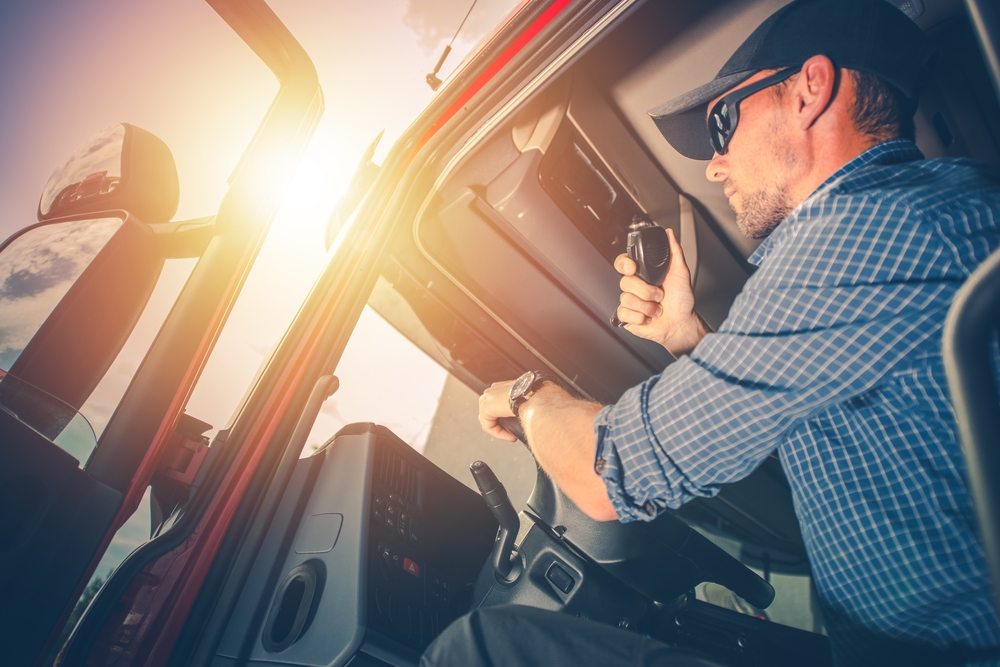
With two-way radio communication, there are nuances to radio etiquette and protocols that your team abides by during their day-to-day activities. Everyone on your team knows the basics; talk one at a time, speak clearly, and don’t bog down the channel with frivolous conversations. However, beyond these basic tenets of radio etiquette, there are additional guidelines and unspoken rules that your team should follow to improve their day to day communications and increase productivity for everyone involved.
Patience is a Virtue
While it is common knowledge that only one person can talk on two-way radios at a time, there are still instances where people start to interrupt one another. This impatience prevents clear and concise communication among team members and keeps the channels filled with unnecessary distractions. Taking the time to let everyone speak their peace and before bringing up your talking points allows for effective communication across the entire team.
Everyone Is (Potentially) Listening
Most radio networks used on job sites are public channels. Someone with a scanner is most likely listening to the chatter across the channels, so be smart about what you say. Additionally, there are smartphone apps that can tap into these channels and listen in on the conversations as well. Avoid truly unnecessary conversations and try not to disseminate confidential company information over the network if someone outside the company is listening in on the chatter.
Preparation Makes Everything Smoother
Whenever you go to make a call to someone else, ensure you have a clear plan for it. Know precisely which points you want to make, what specific information needs to be conveyed, and who exactly needs to hear it. Not knowing what you want to say or exactly what vital information needs to be passed up the chain of command can create misunderstandings that affect how effectively everyone can do their jobs. Any time you have to go onto the channels, have the information you need to pass along at the ready. Don’t forget to also speak clearly and concisely to ensure the smooth flow of information.
Proper two-way radio etiquette remains a vital part of any job site. No matter the industry, if you are using two-way communication, you must grasp the basics of radio etiquette and be mindful of the additional steps you can take to ensure that your team’s correspondence runs smoothly.
At Delmarva Communications, we provide you with tools you need to build a reliable communication network for your company. From the radios themselves to system management, our staff works with you to provide communication solutions across various industries. If you and your team are looking to take how you communicate to the next level, contact Delmarva Communications today!


